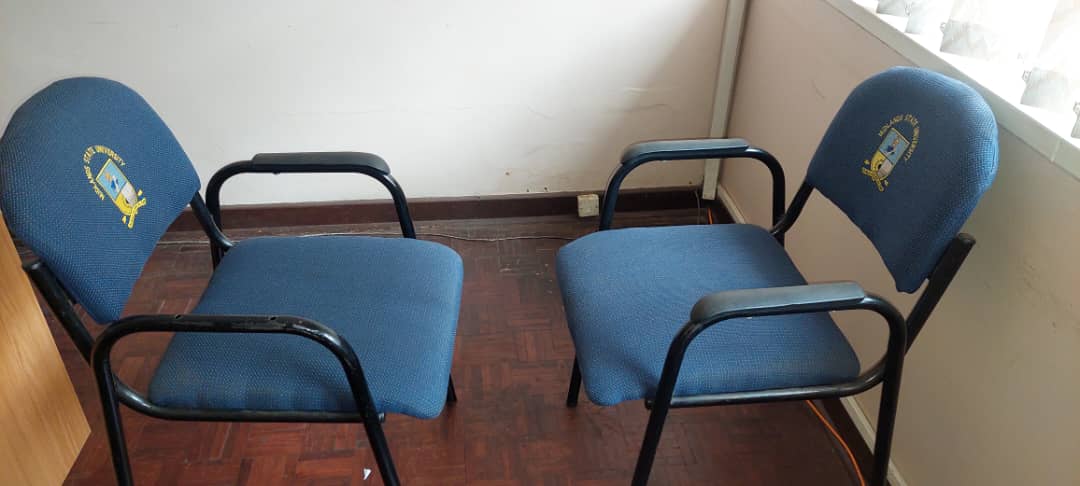Reflection and critical thinking model and template
Mugumbate, R. J., Nyoni, C. and Maushe, F. (2021). African university students’ struggle with the western approach to reflection: experiences from a multilevel mentoring project at Bindura University, Zimbabwe. Journal of Development Administration (JDA), 6(2), 80-88.
Reflection is a natural, cultural or professional process of thinking about occurrences, behaviours, situations and derive lessons to improve knowledge, interpretations and interventions. When reflection involves deep thinking, it becomes critical reflection or critical thinking. In social work, reflective practice is a process where students or practitioners assess how culture, experiences, policies and knowledges influence their learning or work and use results of the assessment for personal growth, to avoid biases and improve interventions.
The contextual model of reflection and critical thinking

The model has seven components that also act as stages of the reflection process. It can be used to think about reflection, as a framework to structure reflection or as a template to report reflection. At the beginning, the practitioner experiences or observes a situation, occurrence or happening. They then decide to reflect on the situation to help them understand it better but also to help them improve their intervention. The decision to reflect, is often prompted or triggered. It is important for this to be recorded to help the practitioner in future reflections. For example, a practitioner will have a pattern that shows them what often triggers or prompts their reflection. Next, the practitioner has to think about the situation from a cultural, experiential and policy perspective but also theoretical and empirical perspectives. These are not in any order, and they may not all be important in all situations. At the end, the practitioner lists the changes, improvements, decisions and suggestions made as a result of the reflection.
The components are:
- What are you reflecting on – what is the situation, occurrence or happening?
- Prompt or Trigger – what prompted or triggered this reflection? Is this an unusual observation, situation, occurrence or happening? Is it part of your work procedure to reflect?
- Cultural Interpretation – what is the interpretation from the culture of people involved?
- Policy or Legal Interpretation – what does relevant policies and legal instruments say?
- Theoretical or Empirical interpretation – what is the interpretation from local theories and literature?
- Experiential Interpretation – what is the interpretation based on your personal, community or professional experience?
- Outcomes for Practice – what does this mean for my practice? What are the lessons? What was improved, changed, or suggested?
The strength of this model lies in its contextual application. It considers the cultural and policy contexts but also local theories and literature. It also acknowledges the professional experience of the practitioner. In short, it acknowledges multiple sources of knowledge, including those usually neglected in social work.




You must be logged in to post a comment.